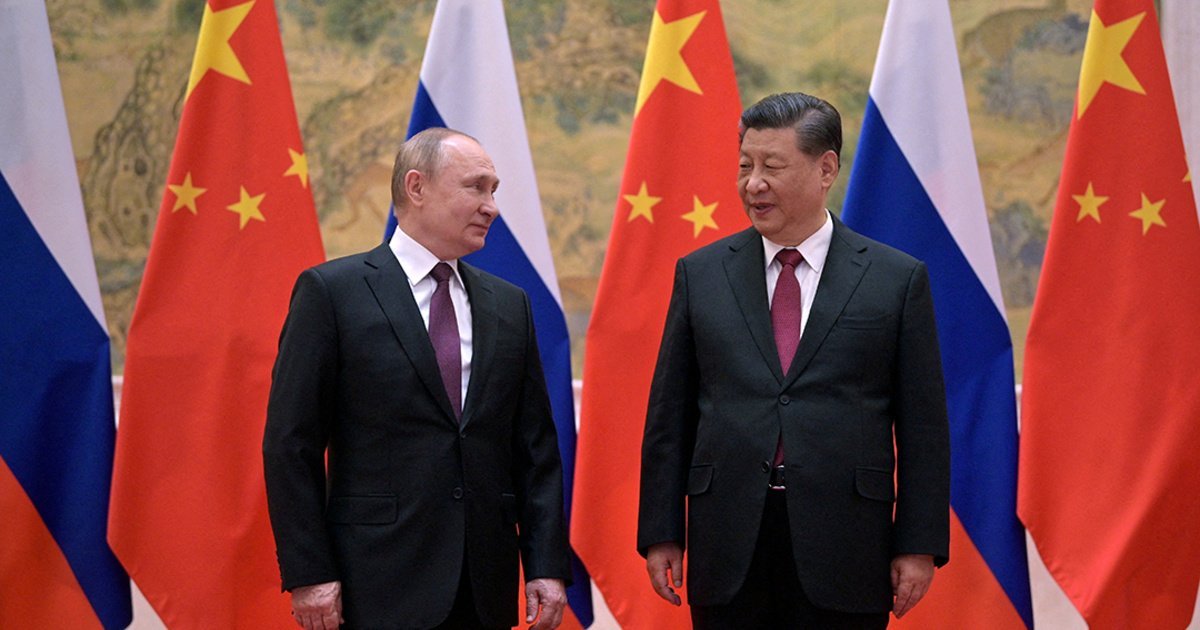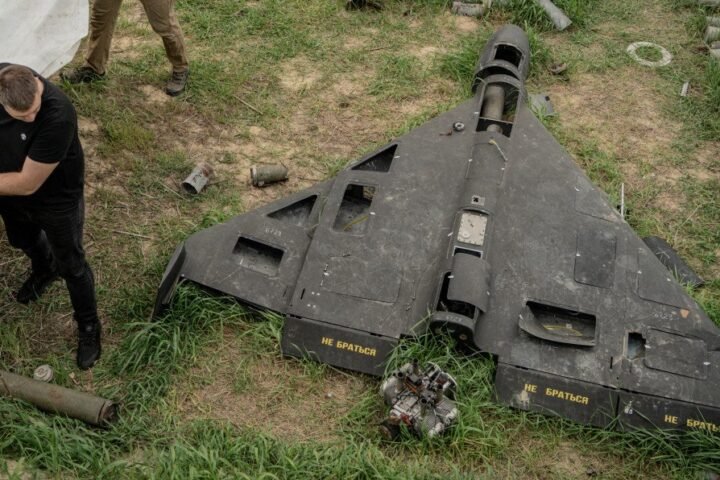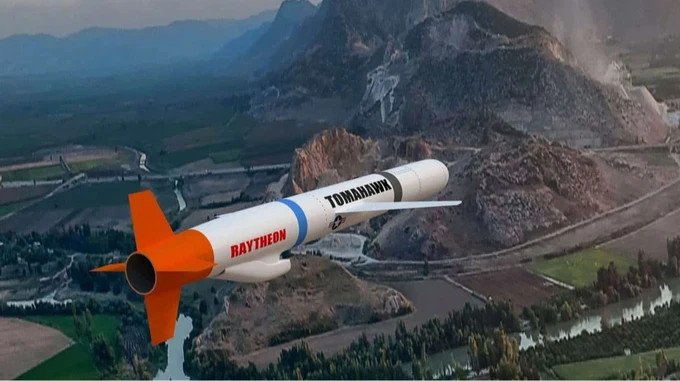The United States and European Union must urgently accelerate their defense readiness, with just 18 months left to prepare for a potential joint military assault by Russia and China, warned newly appointed NATO Supreme Allied Commander Europe, General Alex Grynkewich, in an interview published on July 17. Speaking to Germany’s Bild newspaper, Grynkewich raised the alarm over a possible coordinated offensive in 2027 that could trigger a global armed conflict.
According to the general, NATO’s window for strategic preparation is rapidly closing. He emphasized that a simultaneous military action — involving a Chinese amphibious landing on Taiwan and a Russian assault on a NATO member state — would stretch Western forces across two continents and complicate any unified military response.
Coordinated two-front conflict seen as likely scenario
Grynkewich suggested that such a pincer operation would likely be orchestrated by Beijing, with Russia serving as a subordinate partner. Over the past years, Moscow has increasingly acted as a junior ally to the Chinese Communist Party, he noted, potentially playing the role of a diversionary force — or even “cannon fodder” — in the event of full-scale conflict.
The expected scenario, he said, involves Russian forces attacking a NATO frontline country first, thereby diverting Western focus and resources. Once transatlantic allies are engaged in Europe, China could then launch its long-anticipated military operation against Taiwan.
This aligns with warnings from Western intelligence and military officials about deepening strategic coordination between the Kremlin and Beijing, with a growing risk of simultaneous geopolitical crises in both the Euro-Atlantic and Indo-Pacific regions.
Past warnings underestimated the timeline
Grynkewich’s assessment contrasts with earlier, more optimistic forecasts. Germany’s Defense Minister Boris Pistorius had suggested a six-year horizon for a Russian strike, while newly appointed NATO Secretary General Mark Rutte mentioned a seven-year window. The general dismissed such estimates as naïve, pointing out that Moscow is unlikely to wait for NATO countries to complete defense modernization or improve intra-alliance coordination.
Military analysts have long believed that Russia might already have attacked the Republic of Moldova if not for the lack of a shared border and the presence of Ukrainian defense forces shielding the region. Beyond Moldova, other likely targets include the Suwałki Gap — a strategic corridor between Poland and Lithuania — and the three Baltic states, all of which were once part of the Russian Empire and later the Soviet Union.
Europe urged to raise defense spending and reduce dependence on U.S.
Grynkewich’s message reinforces growing calls within NATO to drastically increase defense budgets, with some voices urging spending levels of at least 5% of GDP. Experts argue that Europe must urgently scale up its own military capabilities, stockpile ammunition, and secure sufficient supplies of equipment — without relying entirely on the U.S. or other transatlantic partners.
This warning comes amid heightened concern over a potential new global axis of authoritarian powers — including Russia, China, North Korea, and Iran — seeking to undermine the international order. How the West responds to the war in Ukraine, Grynkewich said, will significantly shape the trajectory of this broader geopolitical struggle.
Strategic alignment between Washington and Brussels seen as essential
To prevent escalation, both the EU and U.S. must move beyond reactive policies and adopt joint deterrence strategies tailored to the emerging Russia-China military nexus. Diplomatic sources suggest that the war in Ukraine is already influencing Washington’s and Brussels’ approach to negotiations with Beijing — with ripple effects on the global balance of power.
Without a unified response and robust forward planning, NATO risks being caught off guard by a conflict designed to overwhelm Western democracies across multiple theaters simultaneously.









